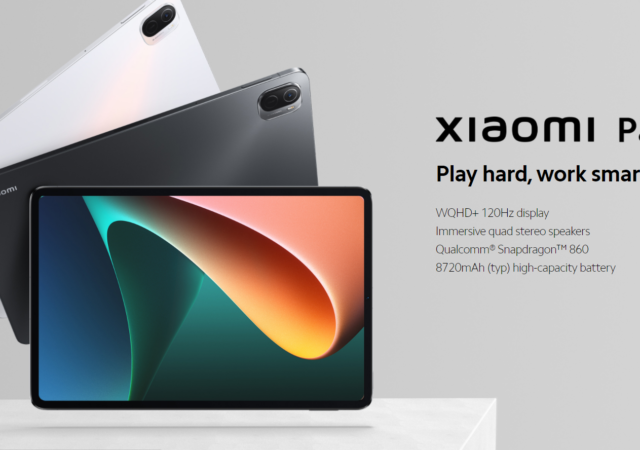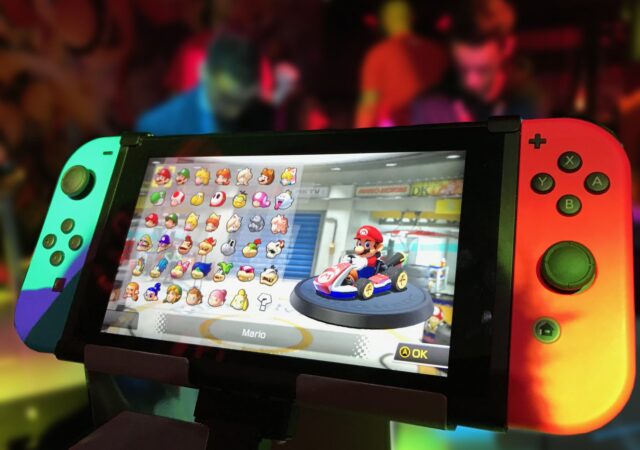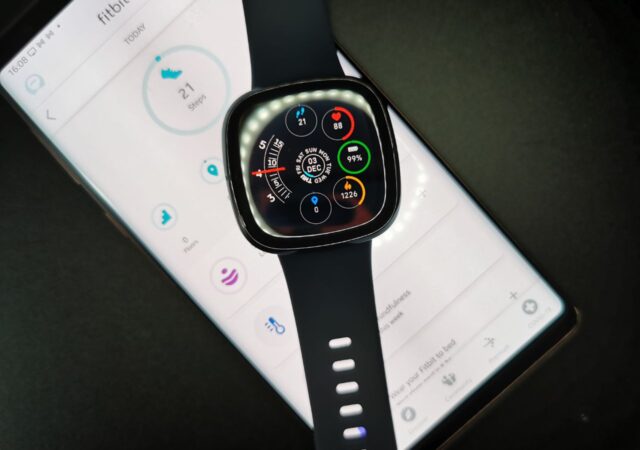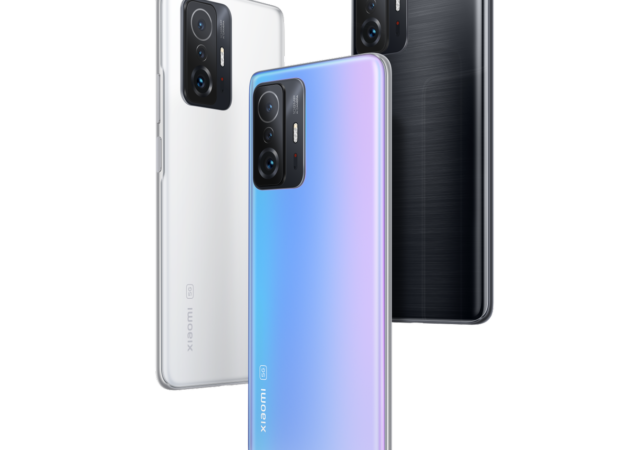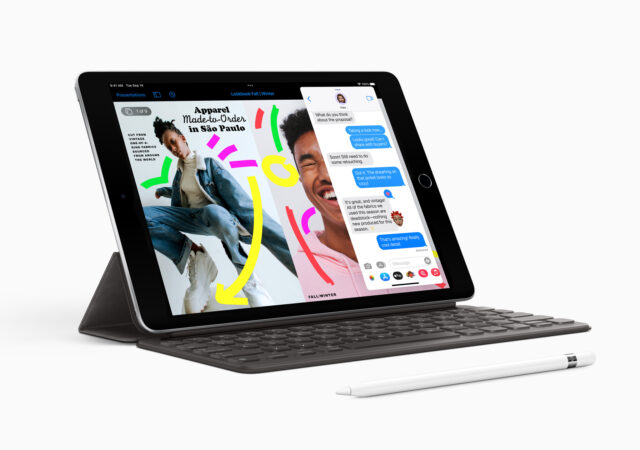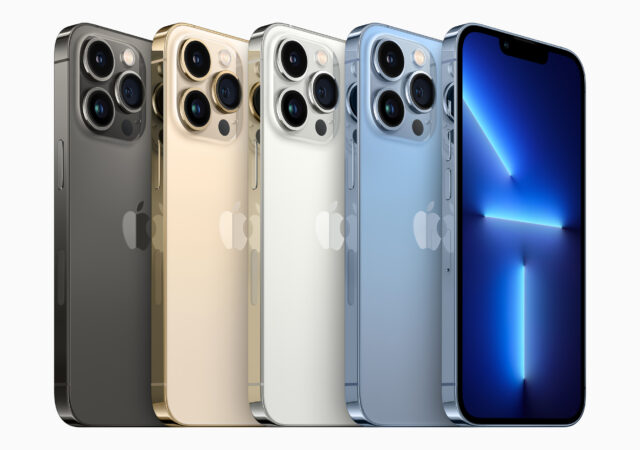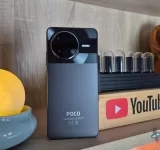Xiaomi releases the Pad 5 11-inch tablet with Qualcomm Snapdragon 860 Xiaomi Smart pen with MIUI 12.5 on top of Android 11.
Bluetooth Audio Comes to the Nintendo Switch
Nintendo updates the Nintendo Switch with the ability to use Bluetooth audio devices. However, the update comes with some caveats.
Fitbit Introduces Snore Detection for the Fitbit Sense & Versa 3
Fitbit introduces a new feature to the Fitbit Versa 3 and Fitbit Sense: snore detection which will enable users to track if they are snoring in their sleep.
Xiaomi 11T and 11T Pro Launches with Impressive Charging Speeds
Xiaomi launches their first flagship without the ‘Mi’ branding, the Xiaomi 11T and 11T Pro with 108MP cameras and up to 120W charging.
Apple’s Most Popular iPad Gets Refresh for 2021/2022
Apple launches the new 9th generation 10.2-inch iPad with the A13 Bionic chip with prices starting from US$ 329.
The new Apple iPad mini is a Smaller, More Powerful iPad Air for US$ 499
Apple launches the new iPad mini for 2021/2022. The new iPad mini packs the Apple A15 Bionic SoC and will set you back US$ 499.
Apple Ups the Ante with New Apple Watch & Fitness+ Expansion
Apple introduces the Apple Watch Series 7 with new enhancements and features. It’s also expanding the availability of Apple Fitness+!
Apple Launches the iPhone 13 and iPhone 13 Mini with Better Everything
Apple launches their latest iPhone 13 with improved display, camera, battery life, and even performance with prices starting from US$ 699.
The Apple iPhone 13 Pro and Pro Max Launches – The Most Advanced Apple iPhone is Here
Apple launches the Apple iPhone 13 Pro and Pro Max. At US$999 onward, the Apple iPhone 13 Pro series is the most advanced Apple iPhone ever.
Canon EOS R3 Launches – Mirrorless is The Future with Canon
Canon releases the EOS R3 full frame mirrorless camera to replace the flagship EOS 1DX platform with a 24.1MP high-speed beast.



